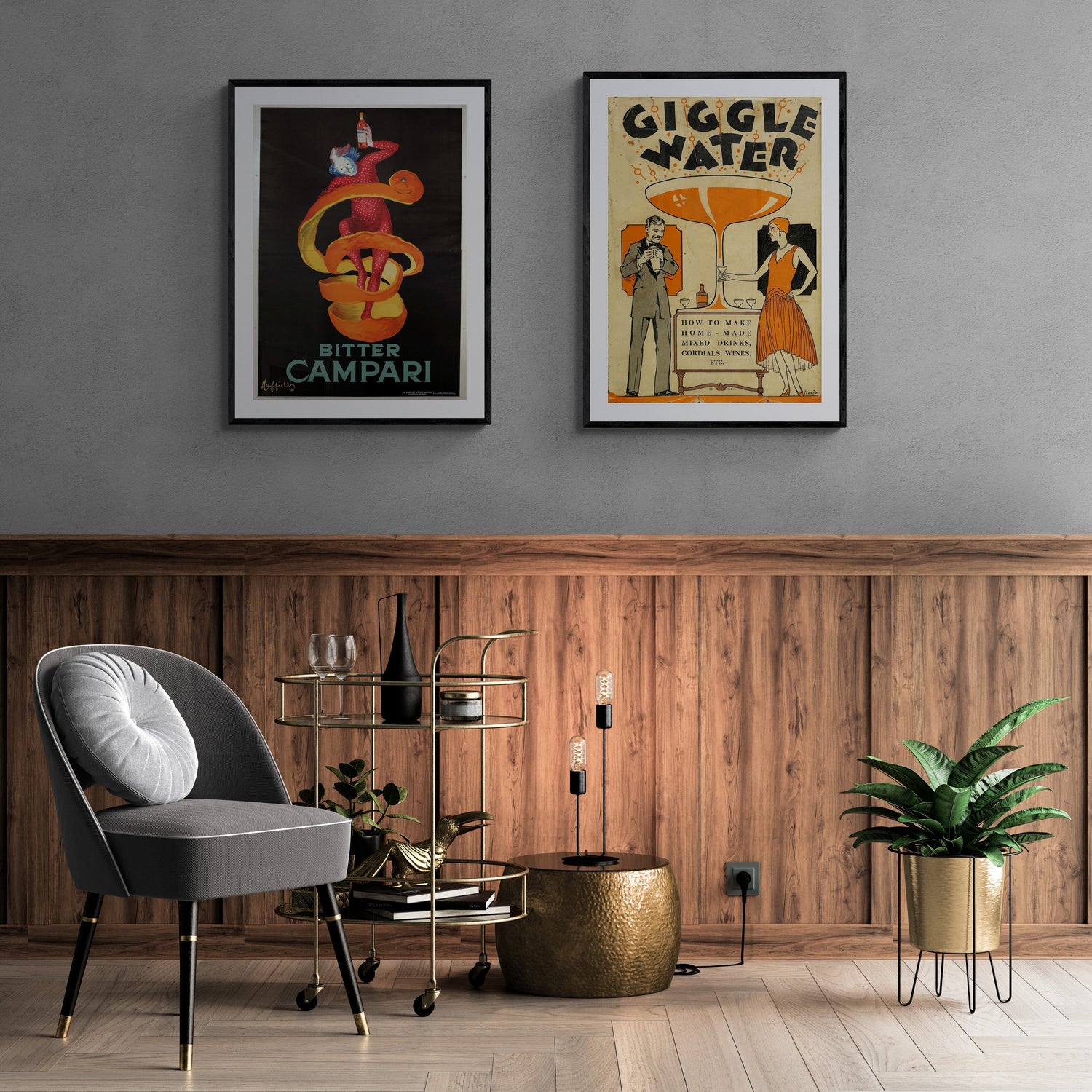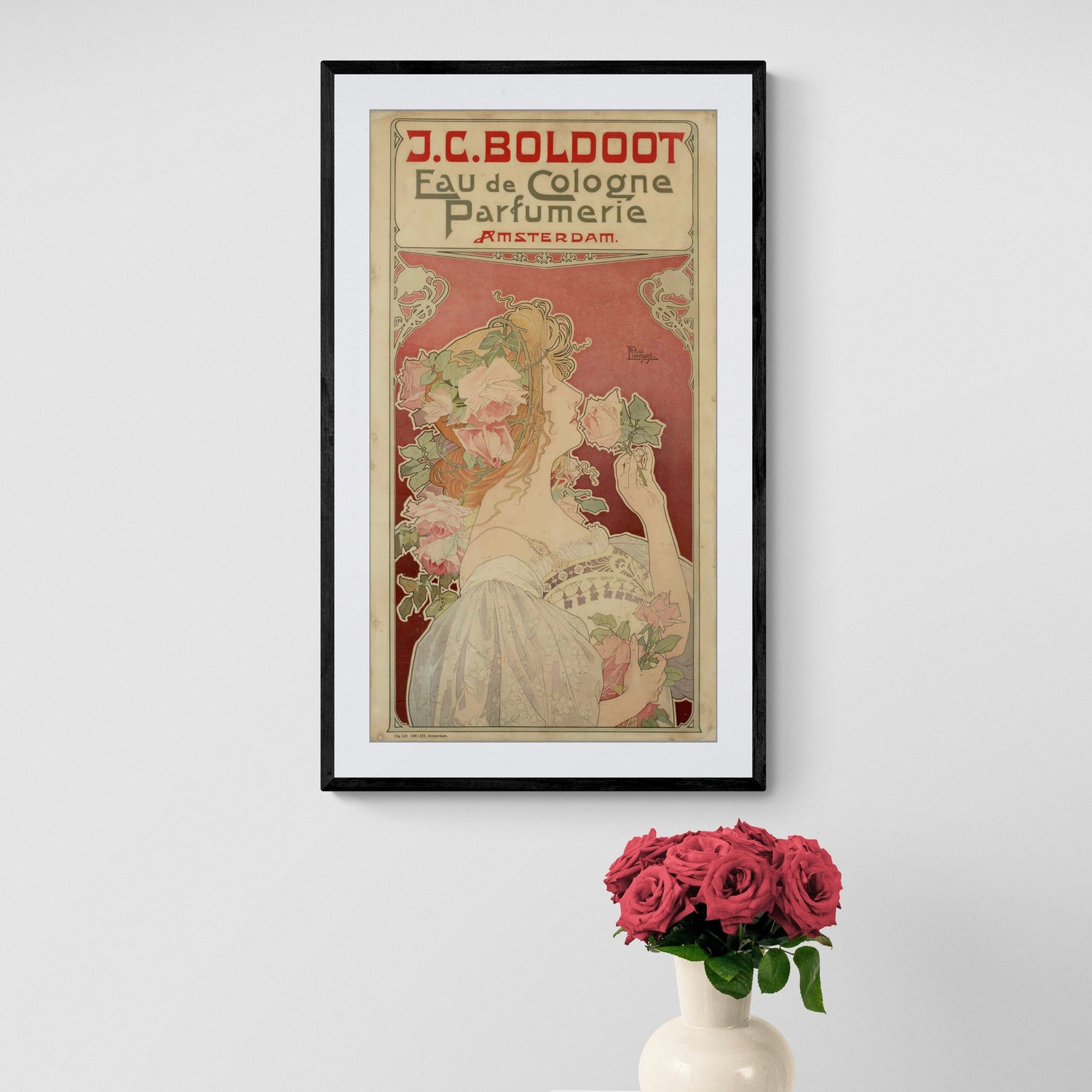Abstract art stands as a pivotal genre in the art world, one that has continuously evolved and influenced the way we perceive and interact with art. As we venture into 2024, the relevance and impact of abstract art remain as significant as ever, offering a unique lens through which we can view our rapidly changing world.
The Essence of Abstract Art
So, what is abstract art? At its core, abstract art is the movement in visual arts that prioritizes the use of colors, shapes, and lines to create compositions independent from visual references in the world. Unlike traditional art forms, abstract artwork doesn't aim to represent an accurate depiction of visual reality. Instead, it seeks to achieve its effect using shapes, colors, forms, and gestural marks. This form of expression has been a conduit for artists to explore emotions, philosophies, and the deeper aspects of human experience.
Historical Significance
Abstract art emerged in the early 20th century as artists started to reject the traditional concept of realistic representation. The movement was a response to the rapidly changing world, marked by technological advancements and a shift in societal norms. Abstract art became a means for artists to respond to the chaos and uncertainties of their time, much like how we use it today to interpret our complex, digital era.
(Tap image for print details)
Wassily Kandinsky: The Pioneer
One of the famous abstract painters who played a pivotal role in the development of abstract art was Wassily Kandinsky. Often regarded as the pioneer of abstract painting, Kandinsky's work transitioned from figurative landscapes to more spiritually driven, abstract compositions. His belief that art should evoke the same emotional resonance as music led him to create some of the first truly abstract works. Kandinsky's compositions, characterized by vibrant colors and dynamic forms, have continued to inspire generations of artists.
Piet Mondrian: A Vision of Harmony
Piet Mondrian, another great abstract artist, is celebrated for his contribution to the De Stijl art movement. Mondrian's art evolved from naturalistic landscapes to grid-based works, where he explored the balance between horizontal and vertical lines and primary colors. His iconic style, known as Neoplasticism, sought to convey a sense of universal harmony and order, a vision that resonates deeply even in today's chaotic world.
(Tap image for print details)
Hilma af Klint: A Forgotten Pioneer
Hilma af Klint is a name that has only recently gained recognition in the history of abstract art. A Swedish artist, af Klint's work predates many of her male contemporaries. Her deeply spiritual and mystical approach to art led her to create abstract paintings that were ahead of their time. Her use of bold colors and symbolic imagery in series like "The Ten Largest" showcases a profound exploration of the abstract form.
(Tap image for print details)
Paul Klee: A Playful Innovator
Paul Klee, a Swiss-German artist, is known for his unique, whimsical style that blended elements of cubism art, expressionism, and surrealism. Klee's work is characterized by his playful use of color and childlike perspectives. His ability to infuse humor and fantasy into his art offers a refreshing take on the abstract, reminding us of the joy and wonder that art can evoke.
Abstract Art in Modern Times
In 2024, abstract art continues to be a vital part of the art world. The versatility and depth of abstract artwork make it a popular choice for modern-day art collectors and enthusiasts. Abstract wall art, including variations like black and white abstract art, adds a contemporary and sophisticated touch to any space, making it a favored option for home decor projects.
Why It's Still Important
Abstract art remains important today for several reasons. It encourages viewers to engage with art on a more personal and interpretative level, fostering a deeper connection and understanding of the artwork. Additionally, abstract art transcends cultural and linguistic barriers, making it universally accessible and relevant.
Conclusion
As we reflect on the legacy of these great abstract artists - Wassily Kandinsky, Piet Mondrian, Hilma af Klint, and Paul Klee - we recognize the enduring impact of abstract art in our lives. Its ability to capture the essence of human emotion and thought, coupled with its timeless appeal, ensures that abstract art will continue to be an important and cherished form of artistic expression in 2024 and beyond.
Whether you are an art enthusiast or someone looking to enhance your living space, incorporating abstract art into your home decor can bring a sense of sophistication and depth. As you explore the world of abstract art, you're not just acquiring a piece of art; you're embracing a piece of history and a portal to unexplored realms of imagination and emotion. Remember, every stroke, color, and form in an abstract artwork carries a story waiting to be discovered and cherished in your own unique way.






